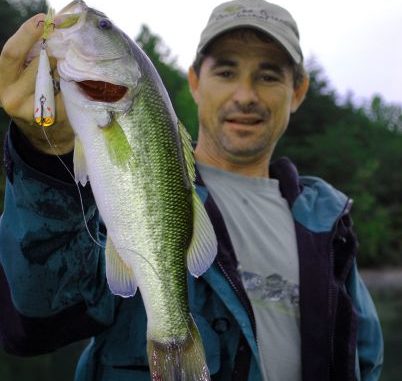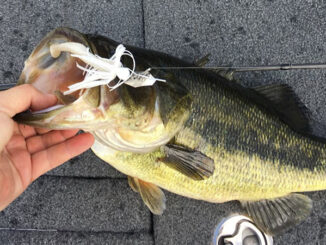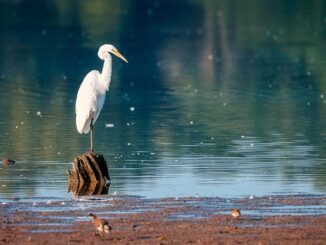
Understanding travel habits is key to catching limits, pro angler says
Perhaps the most-frustrating season for bass fishermen is that period between the end of the spawn and when fish settle into their deeper, summer patterns.
The postspawn blues interrupt a largemouth’s feeding habits for a few days; then they start moving, and the fishermen who can keep up with them can be in for some special days on the water, in part because the fish are hungry and aggressive.
So finding them is the biggest part of the deal.
For bass pro and guide Joel Richardson of Kernersville, N.C., it’s a matter of following the food.
“I think when they finish spawning, they go wherever the closest food source is,” said Richardson, a pass winner on the FLW Tour.
And, depending on the timing of the bass spawn and when the gizzard shad spawn, that could be their first move, normally around the middle to end of May, depending on the weather.
“If it’s spawning shad, they may be two miles away, but the bass will head for them,” Richardson said. “Some fish may move toward deeper water before the shad spawn, and they’ll come back up for it. Where the shad spawn varies by lake, but most of the time they’ll get on red-clay banks and rocks in the shallows. You go with the wind. The wind will blow the shad up against the banks.
“They’ll also spawn in the bank grass we have on some lakes. They’re like carp; they have to bump up against something to dislodge their eggs.”
Once the shad have spawned, there’s nothing keeping bass from heading to deep water to avoid the summer heat.
Richardson said that, on lakes with a lot of boat docks, they will often move to docks as they head out of creeks toward the main lake, going from dock to dock — or they might use docks as a way to reach deeper water before moving out.
“A lot of times, the first place they move will be to a dock, especially if a lake has a lot of them,” he said, “and especially if baitfish are around.”
Eventually, Richardson said, bass will head toward the mouths of creeks and the main lake. How they get there, again, varies from lake to lake.
“If a lake is deeper, they’ll move from ledge to ledge as they move out and toward the main lake,” he said. “If it’s a shallower lake, they may move out directly to the creek channel and use it to go to the main lake.
“They’ll wind up on the main lake or near the mouths of the creeks for a couple of reasons,” he said. “Deeper water is associated with oxygen; there’s more oxygen in deeper water. And the main lake is open water, and it gets turned over more, so the oxygen is dispersed.
“And on the main lake, if there’s any current and it’s moving, that will oxygenate the water.”
Richardson said that, along the route bass take from spawning pockets to deep water, they’ll usually stay within close proximity to bait — and if there’s cover nearby, that’s a bonus.
“I look for bait, and I fish a lot of different lures: topwaters, crankbaits and soft plastics – depending on what they want that day,” he explained. “I want to stay close to bait and cover. Most of the fish in June will be in 10 to 20 feet of water, except in some of your deeper, clearer lakes, where they’ll maybe get in 15 to 25 feet of water.”


